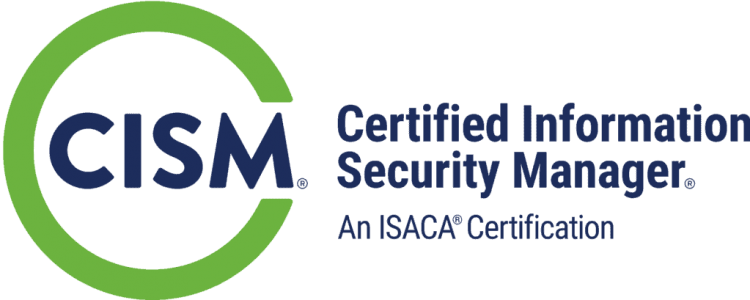Course Overview:
As VoIP (Voice-over IP) is integrated into the operations of many missions, it is imperative to understand its security ramifications. In the N-595: VoIP Security Analysis and Design class the objectives are designed for those who are chartered with the responsibility of securing networks and application environments that incorporate VoIP. Topics include how VoIP works, its interactions with the network, its vulnerabilities and mitigations. Focus is on leading open source and proprietary technologies utilizing Asterisk and Cisco and the protocols SIP, H.323, RTP, MGCP, and Skinny. Other protocols such as Nortel's UNIStim will be addressed. As for Cisco, security pieces in the VoIP CallManager servers, Catalyst switches, IOS-based routers, and ASA firewalls, amounts to several different platforms, each with its own management interface and lockdown procedures. Various open source tools including those in BackTrack are used for VoIP attacks. A task list of actions for securing enterprise VoIP is carried out in hands-on labs, performed on Cisco phones, routers, switches, and ASA firewalls.
Attendees to N-595: VoIP Security Analysis and Design will receive TechNow approved course materials and expert instruction.
Dates/Locations:
Duration: 5 Days
Course Objectives:
- VoIP Architecture
- VoIP Signaling and media protocols
- Common VoIP authentication mechanisms
- Common VoIP encryption techniques
- VoIP protocol analysis with Wireshark
- Maintaining QoS while mitigating DoS
- VoXML, XML, and application integration security
- Converged network security design and implementation
- Impact of NAT and firewalls
- SIP, H.323, and MGCP vulnerabilities
- VPN, IPsec and SRTP to secure VoIP services
- Penetration testing with open source tools
- Attacks for Eavesdropping, call redirection, and DoS
- Design of hacked firmware virtualization layer
- Concise lockdown steps for network hardware and VoIP
Prerequisites:
- This is an advanced Information Security Course which requires basic Windows & UNIX competency
- Certification or 2 years of experience in these operating systems is highly recommended
- As well as an understanding of TCP/IP
Comments
Latest comments from students
